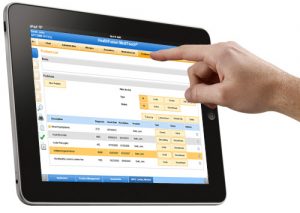An EHR has the potential to be a useful tool to support clinical decision making and increase productivity, but the opposite can be true if the EHR’s limitations require clinicians to accommodate the system rather than the other way around. It’s not always feasible for all levels of staff to be closely involved in the vendor selection process, but it’s important to have clinical staff on the front lines represented, as the success of the system on every level relies heavily on the end users.
 Getting clinical staff involved as early in the process as possible – preferably during selection and not just implementation – is also critical to obtaining staff buy in for the changes. A system that has the theoretical capability to meet all of the organization’s needs can fail or succeed based on how it’s being used, and the staff are much more likely to feel like they have a stake in making it work if they feel like their input was used to select it.
Getting clinical staff involved as early in the process as possible – preferably during selection and not just implementation – is also critical to obtaining staff buy in for the changes. A system that has the theoretical capability to meet all of the organization’s needs can fail or succeed based on how it’s being used, and the staff are much more likely to feel like they have a stake in making it work if they feel like their input was used to select it.
The vendor selection and implementation process typically serves as an opportunity for the agency to take a look at what the current procedures are, what can change, and what needs to change. This includes determining what can be accomplished through the EHR and what is required to be accomplished through staff training. An EHR will rarely be able to do everything an organization would like it to, so at times clinical staff may end up adapting their workflow in relation to how the system functions. Giving end users an opportunity to contribute to this discussion can be invaluable for multiple reasons:
Clinical staff are just one piece of the puzzle in the complicated process of selecting and implementing a new EHR, but they are an important voice to be heard. Structuring the project as an overall collaborative process that includes the opinions of clinical staff and end users from every part of the agency will ensure that staff will possess the tools that they need to provide the best client care possible.
All Thought Leadership